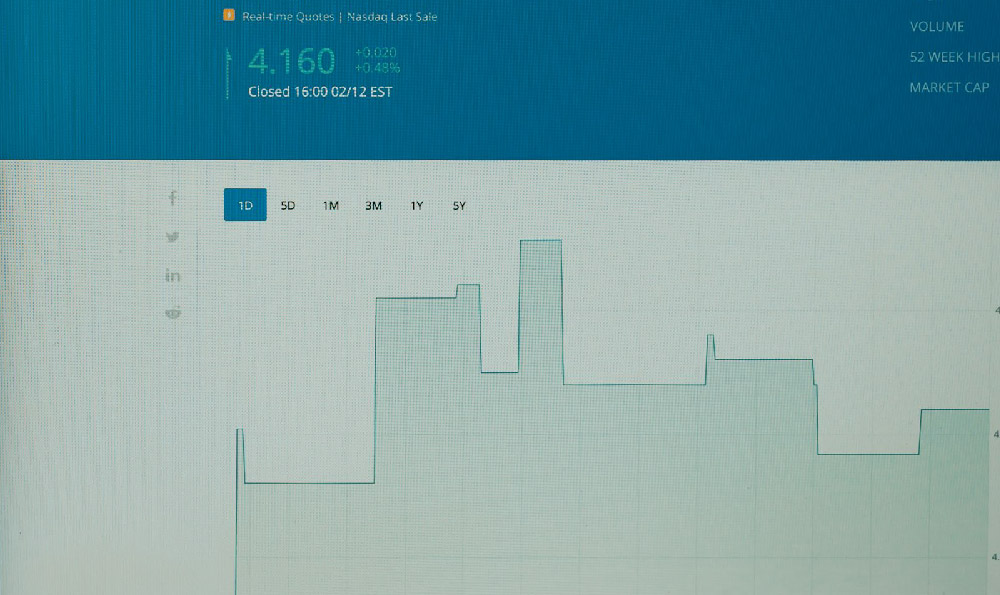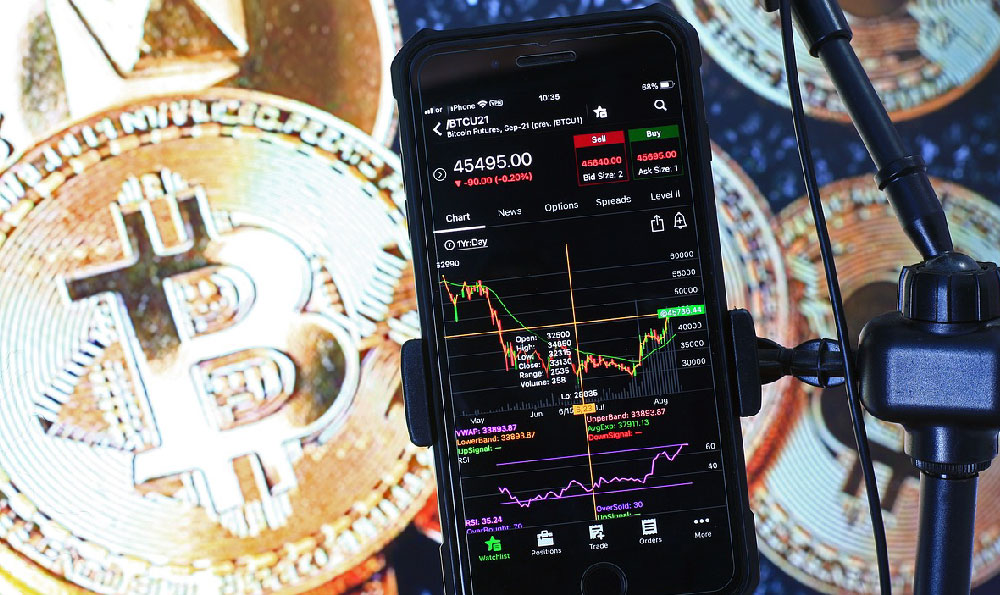ETFs: What Are They and How Can I Invest?
ETFs, or Exchange Traded Funds, have become a cornerstone of modern investment strategies, offering a blend of diversification, liquidity, and cost-effectiveness that appeals to both seasoned investors and newcomers alike. To understand their allure, one must first delve into their fundamental nature and how they function within the broader financial ecosystem.
At its core, an ETF is a type of investment fund that holds a collection of assets, such as stocks, bonds, commodities, or a combination thereof, and trades on stock exchanges just like individual stocks. This characteristic of being exchange-traded is what distinguishes them from mutual funds, which are typically bought and sold directly from the fund company at the end of the trading day. The price of an ETF fluctuates throughout the day based on supply and demand, providing investors with real-time pricing and the ability to execute trades whenever the market is open.
The composition of an ETF is typically designed to track a specific market index, sector, or investment strategy. For example, an ETF might mirror the S&P 500, providing investors with exposure to the 500 largest publicly traded companies in the United States. Alternatively, an ETF could focus on a specific sector, such as technology, healthcare, or energy, allowing investors to target their investments based on their views of the market. There are also ETFs that track bond indexes, commodity prices, or even specific investment strategies, such as dividend growth or value investing.

One of the primary advantages of investing in ETFs is diversification. By holding a basket of assets, ETFs reduce the risk associated with investing in individual securities. If one stock in an ETF performs poorly, its impact on the overall portfolio is limited because it represents only a small portion of the fund's holdings. This diversification can be particularly beneficial for investors who are new to the market or who have limited capital to invest.
Another key advantage of ETFs is their cost-effectiveness. ETFs typically have lower expense ratios than actively managed mutual funds, meaning that investors pay less in fees to manage their investments. This is because ETFs are often passively managed, meaning that they simply track a specific index rather than relying on a team of investment professionals to make active trading decisions. Over time, these lower fees can significantly impact investment returns, allowing investors to keep more of their profits.
Liquidity is another attractive feature of ETFs. Because they trade on exchanges, ETFs can be bought and sold easily throughout the trading day. This provides investors with flexibility and the ability to react quickly to market changes. In contrast, mutual funds can only be bought and sold at the end of the trading day, which can limit an investor's ability to respond to market volatility.
Now, addressing the practical matter of how to invest in ETFs. The process is relatively straightforward and accessible to most investors. First, you'll need to open a brokerage account with a reputable firm. Many online brokers offer commission-free trading of ETFs, making it even more cost-effective to invest in these funds. Once you have an account, you can research and select the ETFs that align with your investment goals and risk tolerance.
Before investing, it's crucial to conduct thorough due diligence on any ETF you're considering. Examine the fund's prospectus, which provides detailed information about its investment strategy, holdings, fees, and risks. Pay close attention to the fund's expense ratio, which is the annual fee charged to manage the fund. Also, consider the fund's tracking error, which measures how closely it tracks its target index. A lower tracking error indicates that the fund is effectively replicating the performance of its benchmark.
When selecting ETFs, consider your overall investment objectives. Are you looking for long-term growth, income generation, or a combination of both? Your investment goals will help you determine which types of ETFs are most appropriate for your portfolio. For example, if you're seeking long-term growth, you might consider ETFs that track broad market indexes or specific growth sectors. If you're looking for income, you might consider ETFs that invest in dividend-paying stocks or bonds.
Risk tolerance is another critical factor to consider when investing in ETFs. All investments involve some degree of risk, and it's important to understand the potential risks associated with each ETF you're considering. For example, ETFs that invest in volatile sectors, such as technology or emerging markets, may be more susceptible to market fluctuations than ETFs that invest in more stable sectors, such as utilities or consumer staples.
Once you've selected your ETFs, you can place your trades through your brokerage account. You can buy or sell ETFs using market orders, which execute your trades at the current market price, or limit orders, which allow you to specify the price at which you're willing to buy or sell. It's generally advisable to use limit orders, especially for large trades, to ensure that you get the price you want.
After you've invested in ETFs, it's important to monitor your portfolio regularly and make adjustments as needed. Market conditions and your investment goals may change over time, so it's important to rebalance your portfolio periodically to maintain your desired asset allocation. Rebalancing involves selling some of your holdings that have performed well and buying more of those that have underperformed, in order to bring your portfolio back into alignment with your target allocation.
Finally, be wary of investment fads and overly complex ETFs. The proliferation of niche ETFs has created a landscape where it’s easy to be seduced by the promise of outsized returns or innovative strategies. However, many of these funds come with higher fees, lower liquidity, and increased complexity, making them unsuitable for the average investor. Sticking to well-established, broadly diversified ETFs is often the safest and most effective approach. Understanding the nuances of the market and carefully considering your own financial circumstances are crucial steps toward successful ETF investing. Remember, consistent, informed decision-making is the cornerstone of long-term financial growth.















